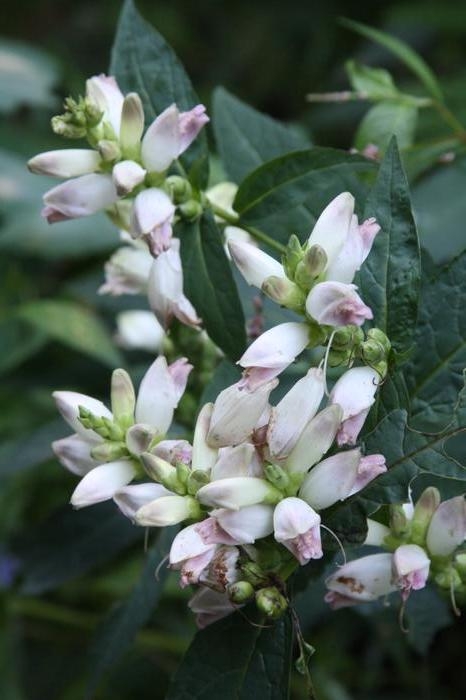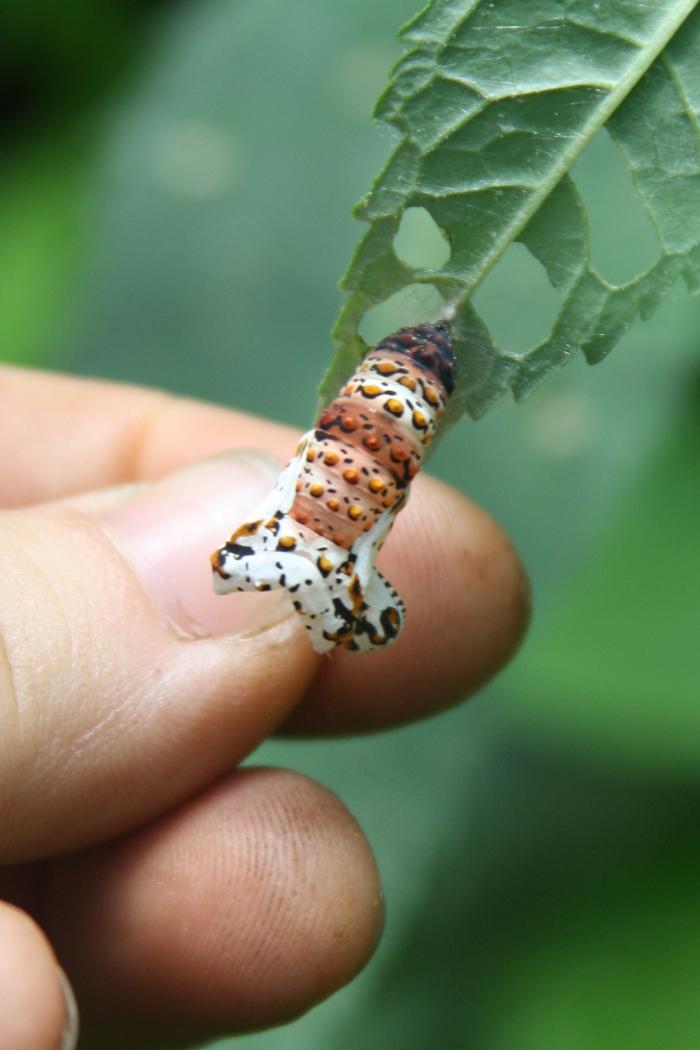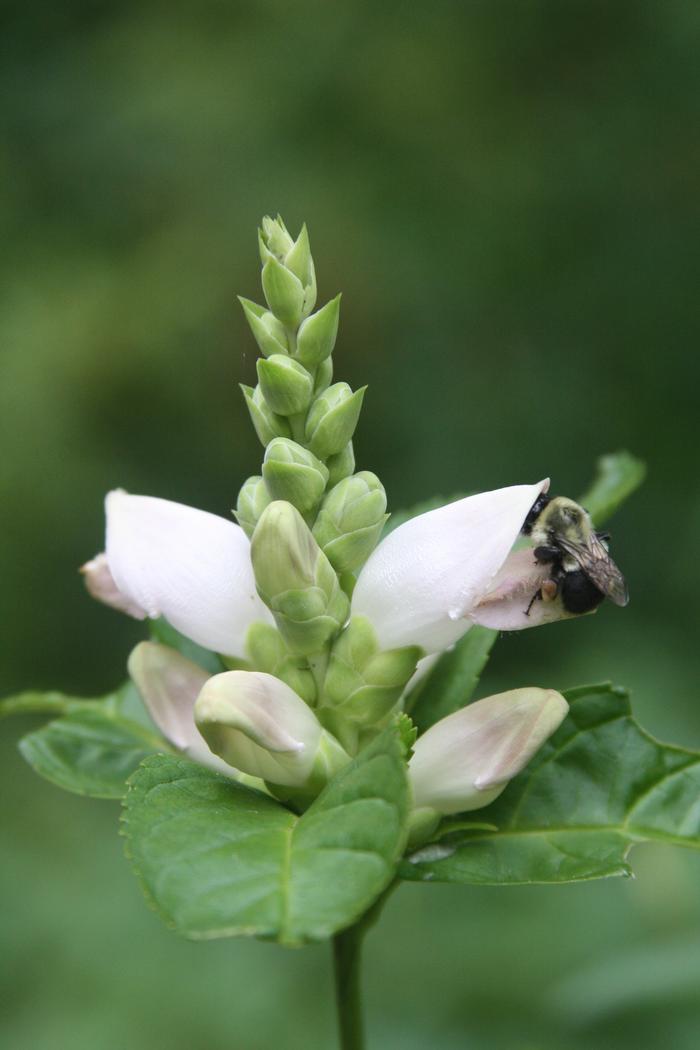General Description
Bloom Description: Flowers are clustered at the end of erect stems and open from the bottom to the top. Flowers are uniquely tube-shaped and are white with a pinkish tinge on the distal end of the petals. Although it depends on site conditions, C. glabra can bloom over several months, but typically reaches its peak in August.
Growth Habit & Shape: They will grow taller in the shade, but otherwise a very tidy and attractive plant.
Soil Preferences: Moist to wet soils are preferred, but this plant can tolerate drier conditions in garden settings. Does well in rich soils with a circumneutral pH.
Root Description: Taproot and spreads by rhizome.
Garden Uses: Bog garden/border, shade garden, woodland gardens, butterfly garden, naturalized area, pollinator garden, and rain garden.
Best Management & Maintenance: Pinch back the plant in spring to reduce legginess and provide a fuller bloom. The plant may need to be staked. Do not clean up leaf litter around the base of the plant to allow Baltimore checkerspot caterpillars to successfully overwinter.
Common Problems: Can be prone to mildew if there is poor air circulation or growing in drier soils.
Benefits
Ornamental Value: Provides an unique bloom in the late summer. Watching bumblebees pollinate turtlehead is an absolute joy for any gardener.
Wildlife Benefits: Important host plant for Baltimore Checkerspot larvae and provides pollen to bumble bees and the two spotted longhorn bee. Also visited by hummingbirds.
Other Practical/Environmental Benefits: Great species to add to streambank restoration and stablization projects.
Use in place of: Yellow iris and foxglove.
Ecology
Habitat:
Often found along stream banks, marsh areas, low meadows, and woodlands.
Response to Disturbance: Can tolerate wet conditions and feeding damage from larvae (like the Baltimore checkerspot).
Native State Distributions:
Canada: MB, NB, NF, NS, ON, PE, QC
USA: AL, AR, CT, DC, DE, GA, IA, IL, IN, KY, MA, MD, ME, MI, MN, MO, MS, NC, NH, NJ, NY, OH, PA, RI, SC, TN, VA, VT, WI, WV
Wetland indicator status: OBL
Companion Plants:
Cardinal flower (Lobelia cardinalis), New York ironweed (Vernonia noveboracensis), boneset thoroughwort (Eupatorium perfoliatum)
References
Return to Top



